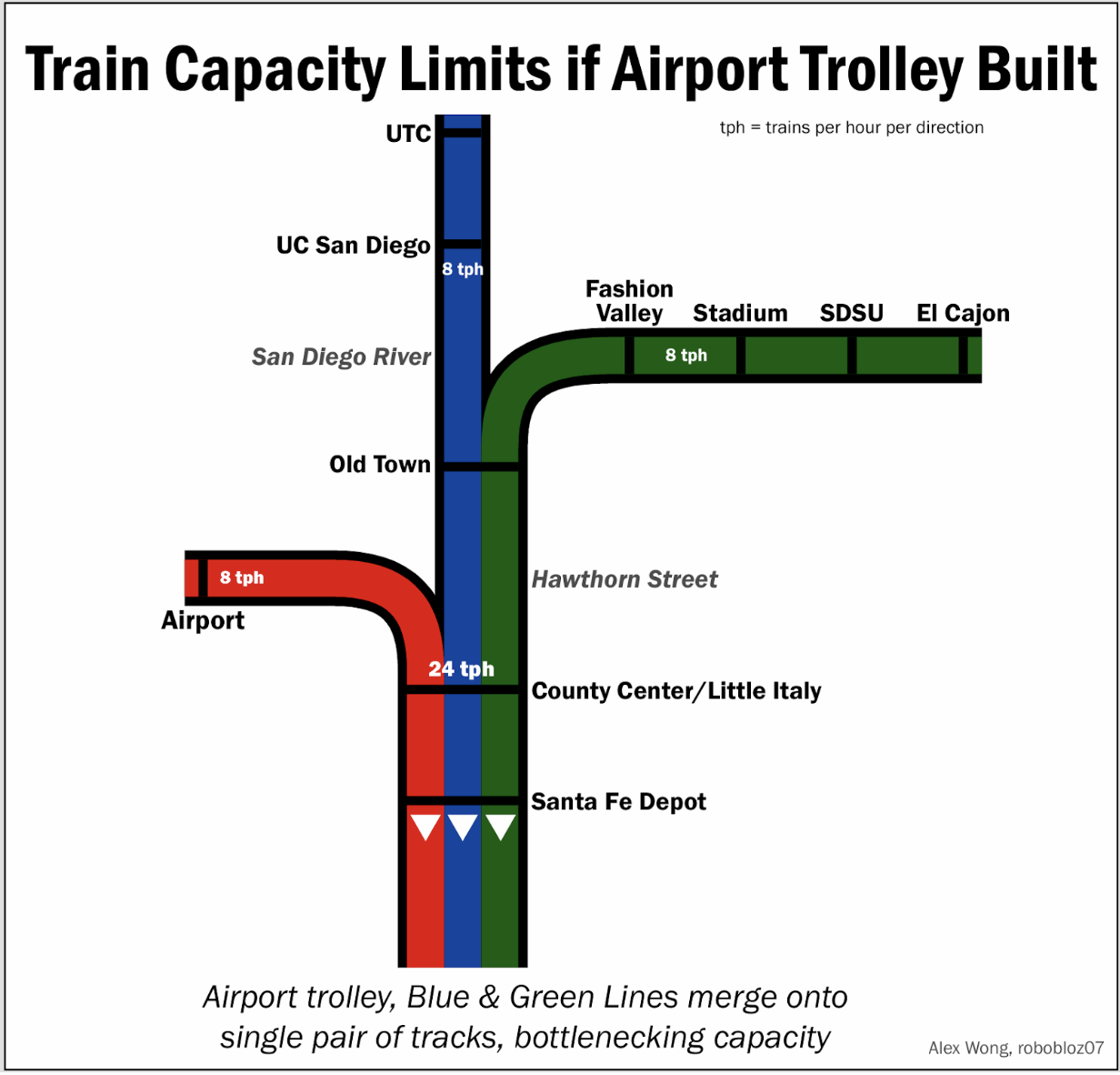California is in the throes of a drought that Governor Jerry Brown called "unprecedented in recorded history."

There are many factors behind the severity of the state's drought, and one of them is land use. In a prescient post from last year, Jon Mendelson at Network blog Stockton City Limits warned that California's water crisis was likely to get worse, adding that cities like Stockton aren't doing themselves any favors by continuing to build the most water-intensive kind of development: sprawl. He says Stockton could be a poster child for the kind of development that strains natural resources in California:
Recent reports from Smart Growth America (“Paving Our Way to Water Shortages: How Sprawl Aggravates the Effects of Drought”) and Western Resource Advocates (“A Comparative Study of Urban Water Use Across the Southwest”) argue that the type of growth that’s been a hallmark of the Central Valley the past few decades leads to cities that consume far more water than is sustainable.
The studies found that urban growth patterns with a relatively low density of units per acre -- especially those featuring primarily single-family houses -- use more water than higher-density, mixed-use plans. They also indicate that the more pavement used for a development, such as for parking lots at a sprawling strip mall, the less rain recharges groundwater stores. These impervious surfaces carry stormwater to drains and ultimately into waterways where it can’t be used for consumption, instead of allowing water to soak back into the ground to be extracted by wells.
The findings, while directly related to other regions, are applicable to Stockton. Climate models for the coming century generally predict dwindling snowpack in the Sierra Nevada Mountains, the primary source of drinking and agricultural water for Stockton and California as a whole. That means the current worst-in-a-century drought could become common. Cities such as Stockton, which is predicted by the general plan to grow significantly from its current size of 300,000 during the next 20 years, will have to do with less.
Don’t be mistaken -- the sprawling development patterns of Stockton and cities up and down the state aren’t wholly to blame for this year’s drought. The lion’s share of California’s drought should be attributed to record low rainfall in 2014 and an antiquated water rights system.
(It’s also true that agriculture consumes more water than urban users, so some might argue San Joaquin County would become more water efficient the more local farmland is turned to houses. It’s a noxious viewpoint considering our immediate region relies economically on ag production and doesn’t have to import its farm water like the Central Valley’s west side, but it’s an argument nonetheless.)
But the point remains that with a growing population and a water supply that will at best stay the same, planners and developers would be Coke-bottle-glasses shortsighted to not take every chance to make cities more efficient when it comes to water.
Elsewhere on the Network today: Plan Charlotte shares public health expert Richard Jackson's research linking the obesity epidemic to the unwalkable environments we've constructed. And Seattle Transit Blog says one secret to affordable housing is to build more transit.





